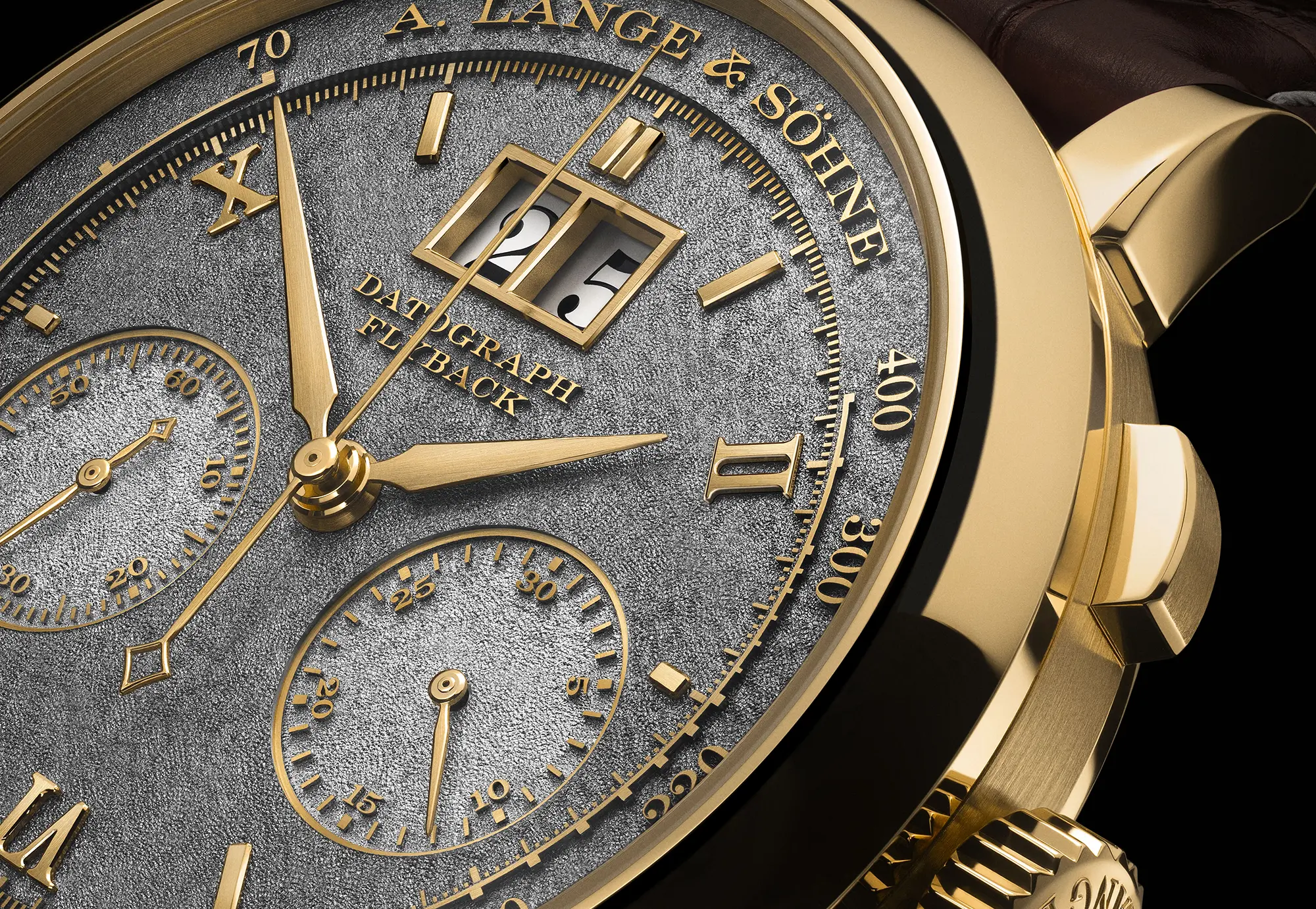A. Lange & Söhne is celebrating 25 years of their Datograph this year, a milestone that saw the brand release a pair of new references at Watches & Wonders earlier this year, which we discussed right here. But that’s not the final word for the storied chronograph in its anniversary year. This week, A. Lange & Söhne took the lid off a new, unexpected take on the Datograph by giving it a stunning Handwerkskunst dial and yellow gold case. Further, this is the first time since 2012 that we’ve seen a Datograph without the Up/Down power reserve indication at 6 o’clock. This is a proper callback to the original, and though limited to just 25 examples, it may signal an openness to the addition of the original formula within the current collection.
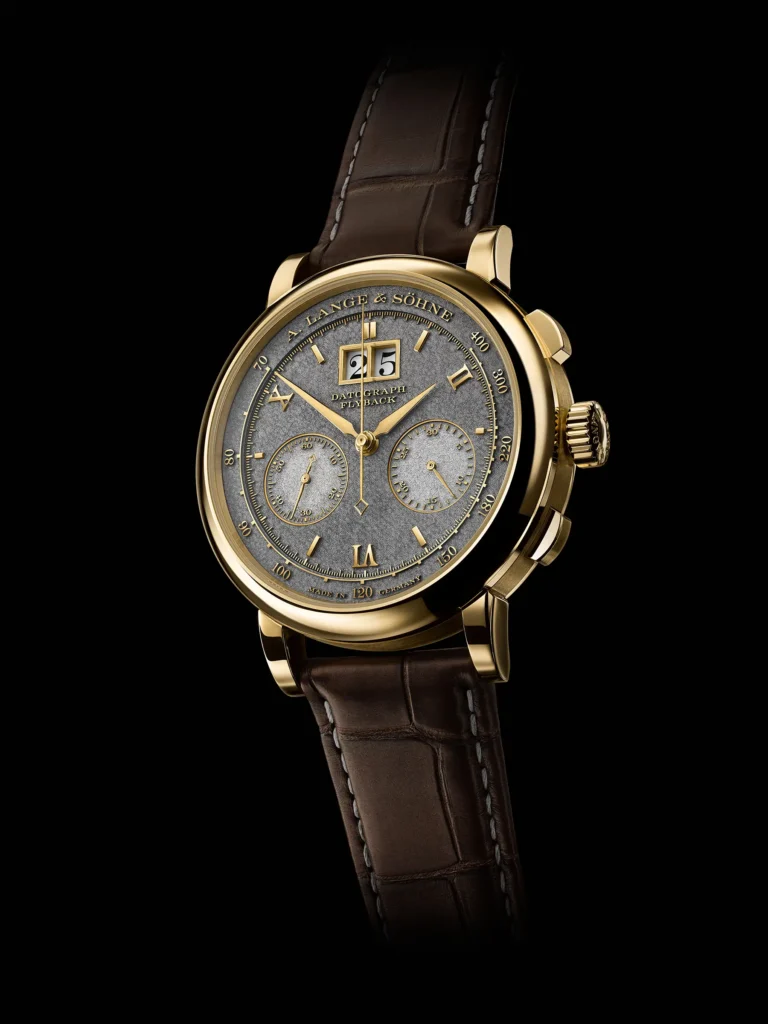
The original Datograph was lauded from the day it was launched thanks to its elevated and sophisticated take on the hand wound chronograph movement. The caliber L951.1 was a revelation, and its impact remains potent to this day. The latest Datograph gets a new caliber, the L951.8, and while the case has grown from 39mm to 41mm, it retains much of the original charm and beauty. It’s an evolution of what was put forth in 1999, and this it recreates the exact function set seen in the first ref. 403.035. The L951.1 in that watch used 405 parts, while the L951.8 uses 426, and delivers nearly double the power reserve, at 60 hours. Surely we’ll see this put to use in future releases?
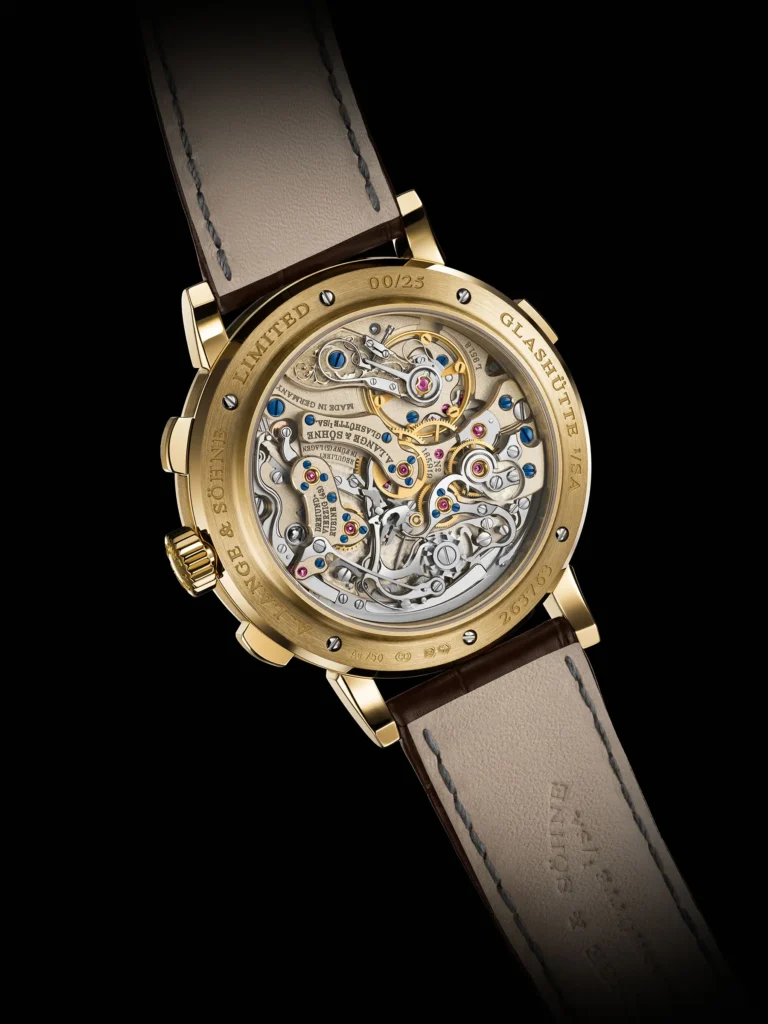
As interesting as the return to a non Up/Down configuration for the Datograph is, the real star of the show here is the dial. A. Lange & Söhne debuted their tremblage finish called Handwerkskunst (German for Craftsmanship) back in 2011, and it’s appeared sparingly since. The process begins with a rhodium dial, dark for the base, and light gray for the totalizers. An engraver uses a lining burin to create a fine-grained surface that must be consistent throughout, while also preserving any markings that comprise the scales and indexes. The result is nothing short of spectacular, and as you may suspect, images do it no justice.
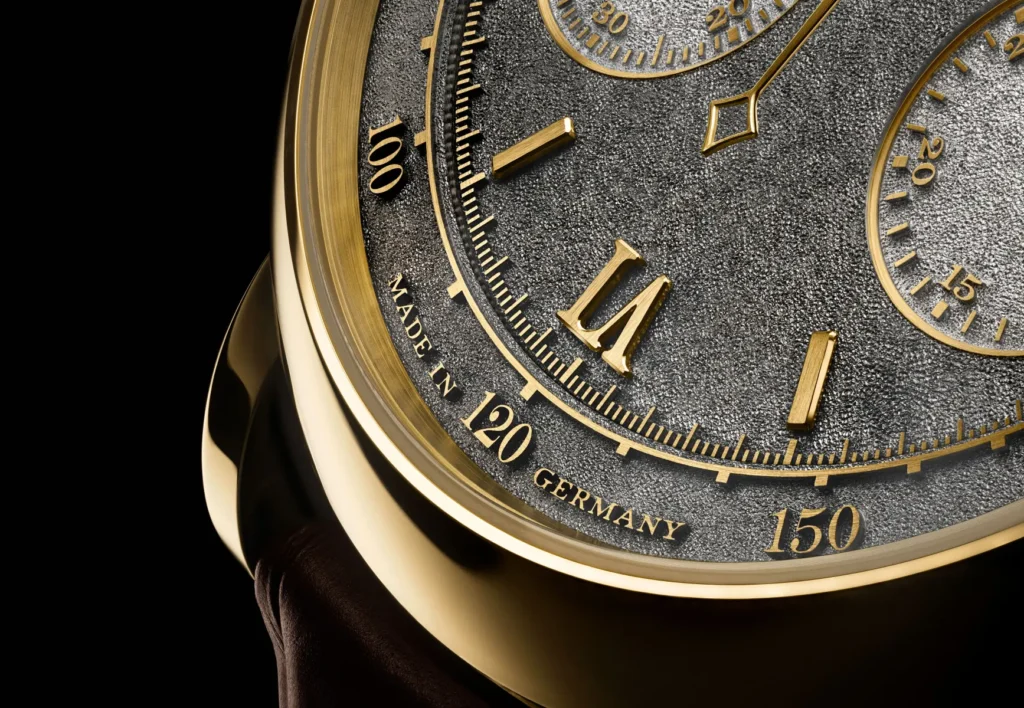
This may be the first Datograph in which the view around front is just as compelling as the view around back. It serves as a fitting tribute to the simple beauty of the original design, that places the sub-registers below the centerline of the hand stack, and an oversized date aperture at the top of the dial, creating a triangular balance around which the architecture of the movement was designed. There’s something special captured here with the absence of the power reserve indication, even while the large case size remains.
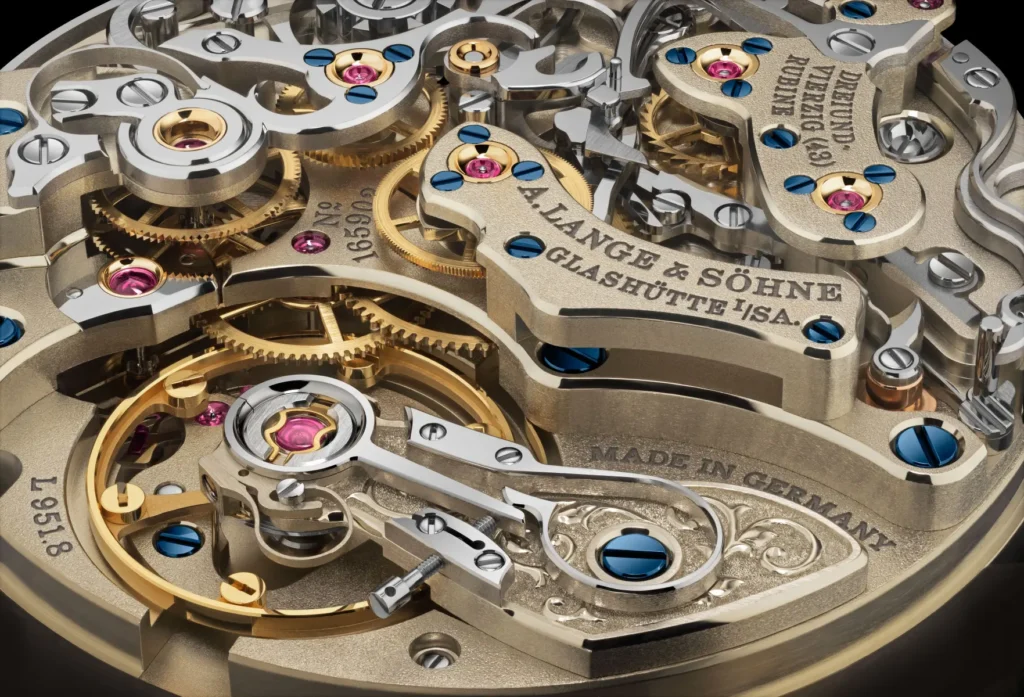
As noted, just 25 of these Datograph Handwerkskunst will be produced, and the price is available on request. A. Lange & Söhne

